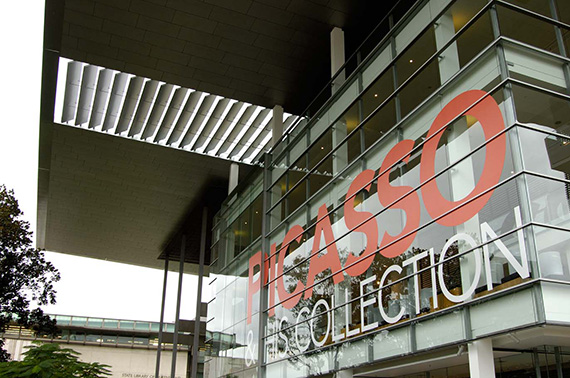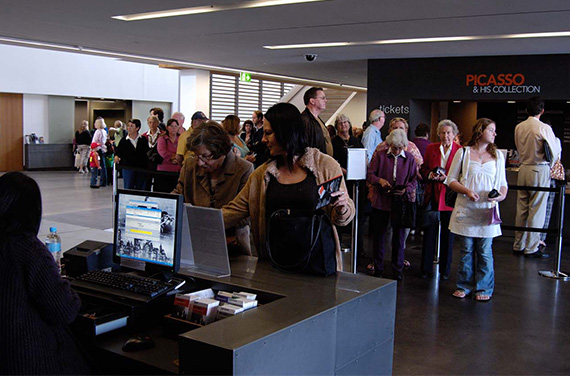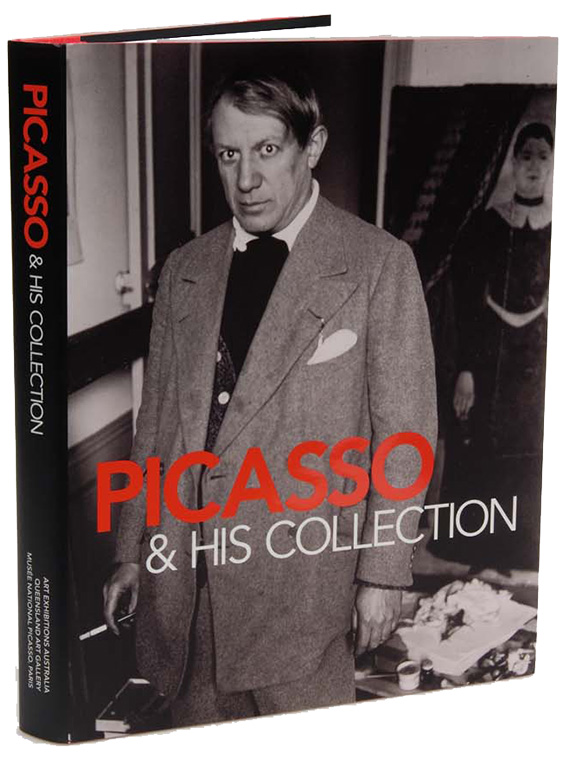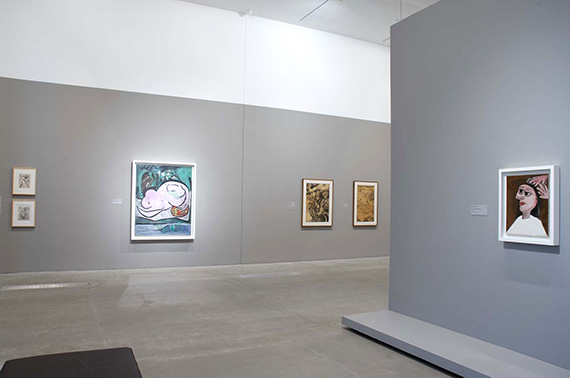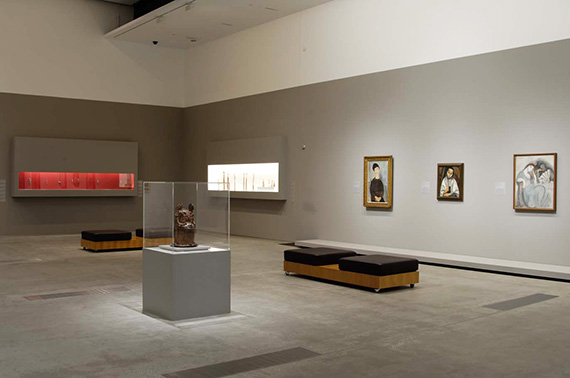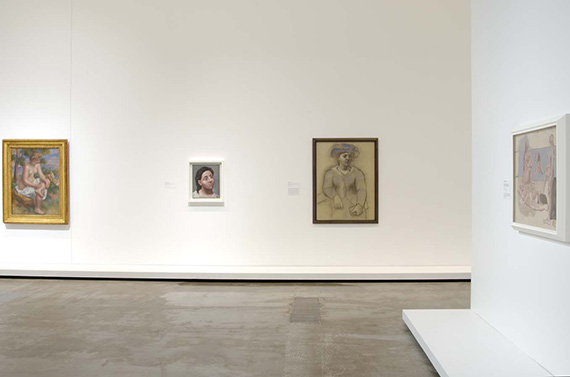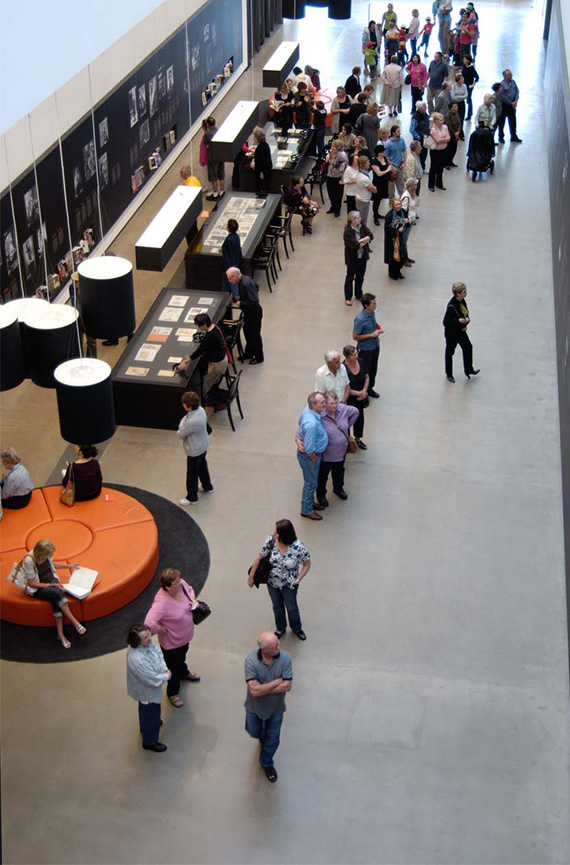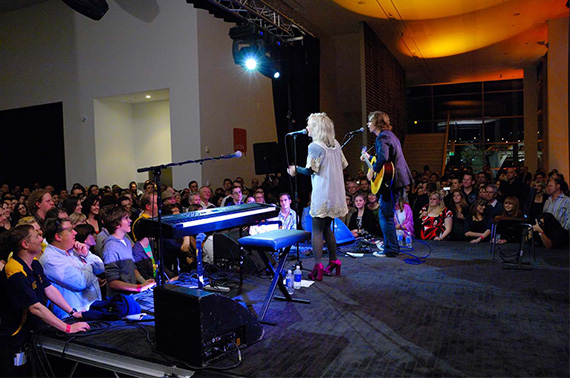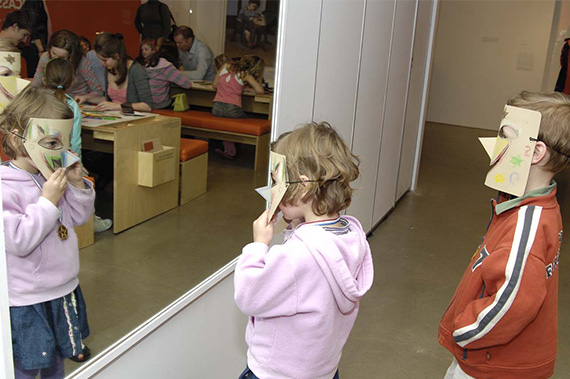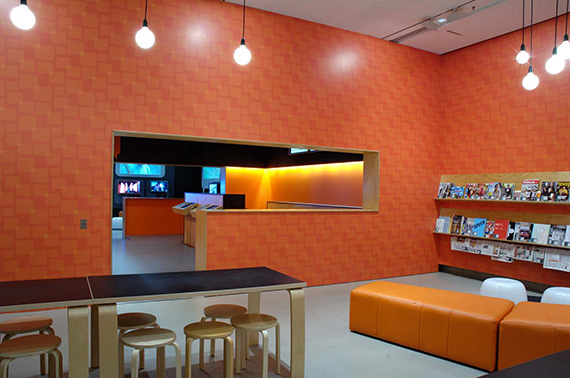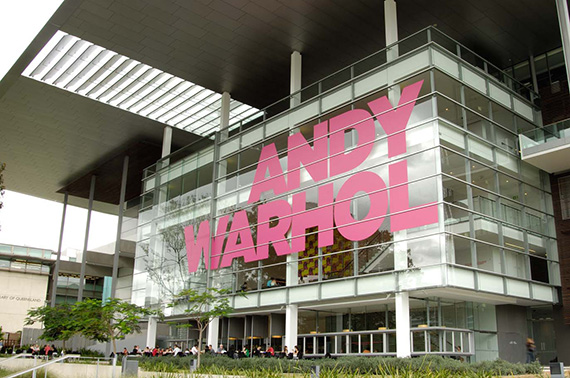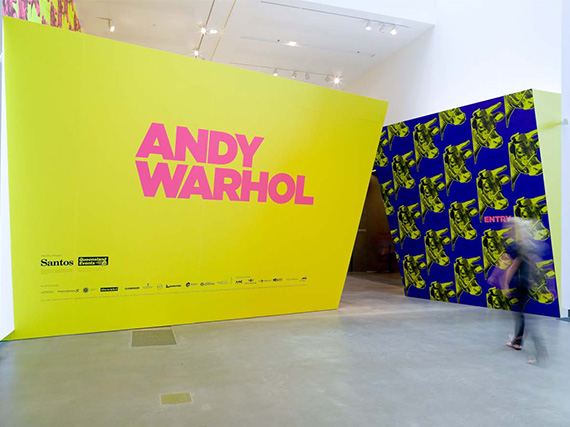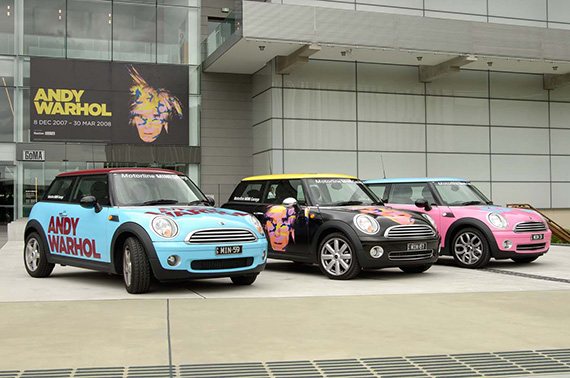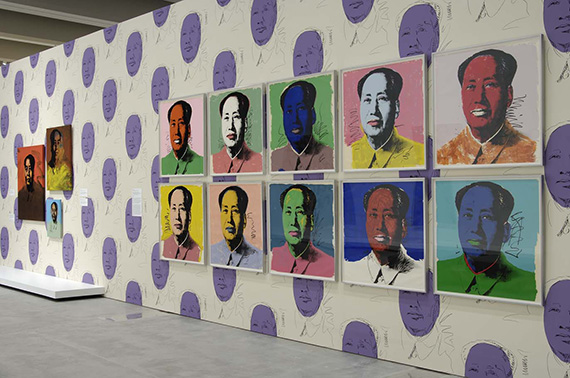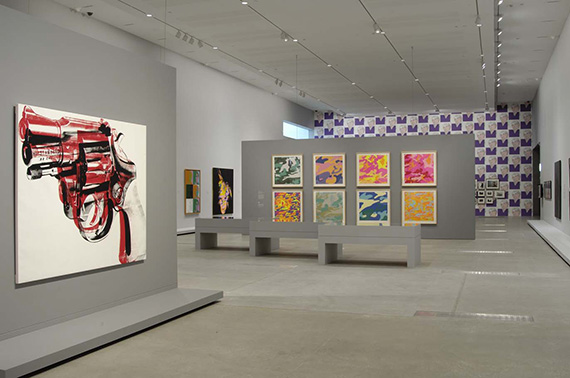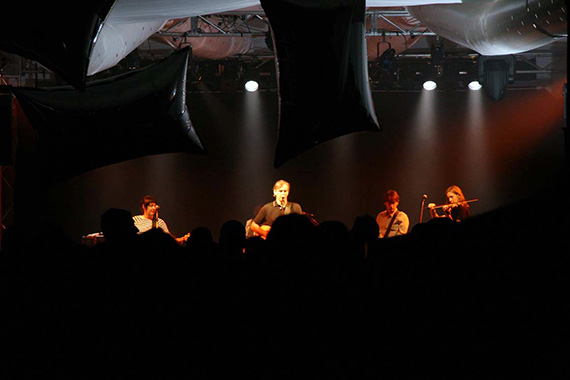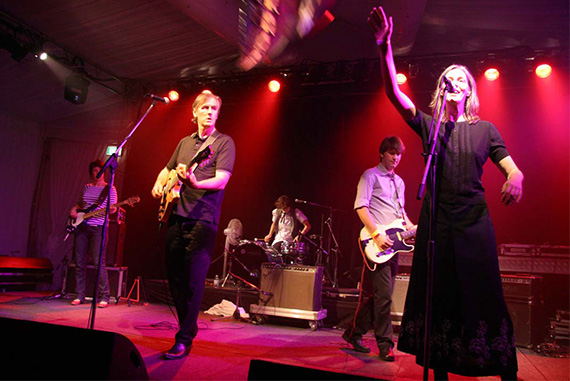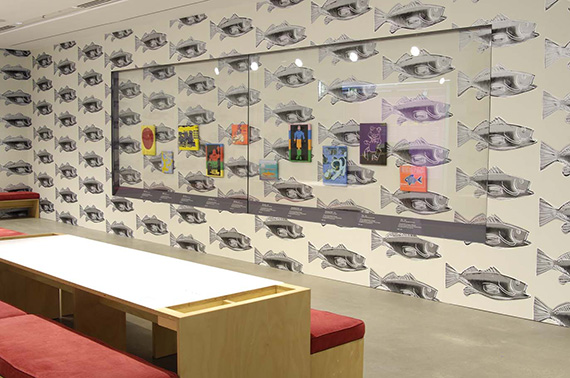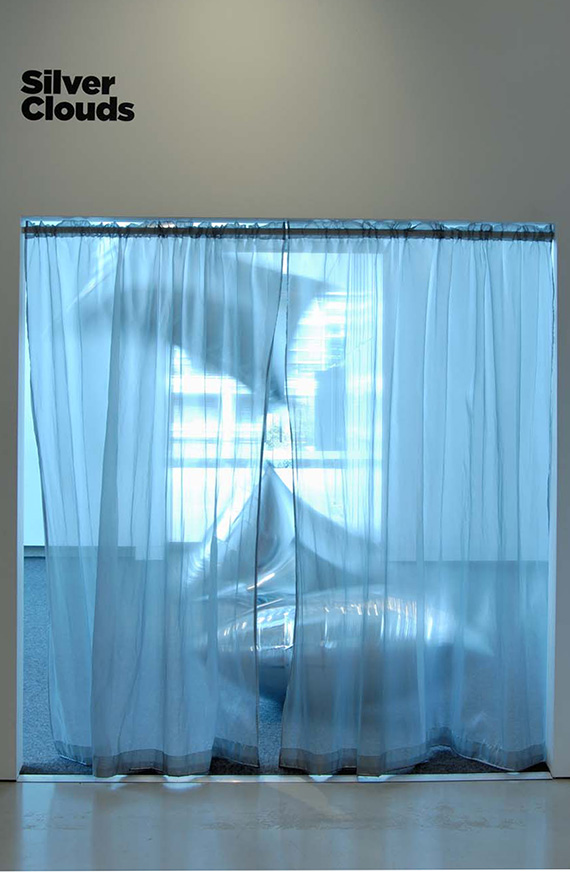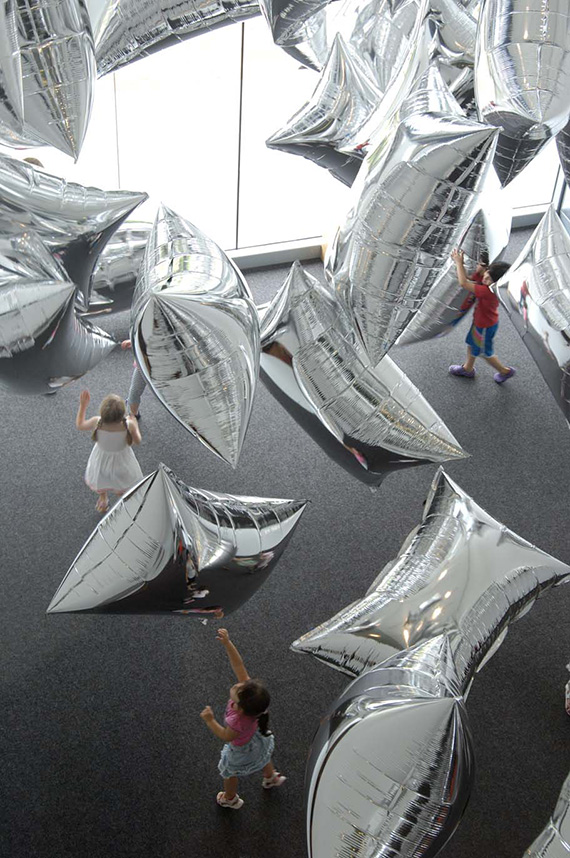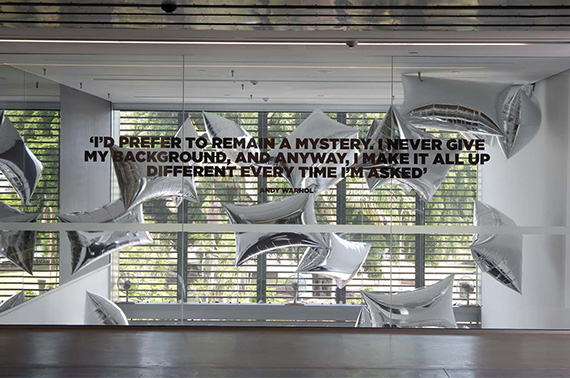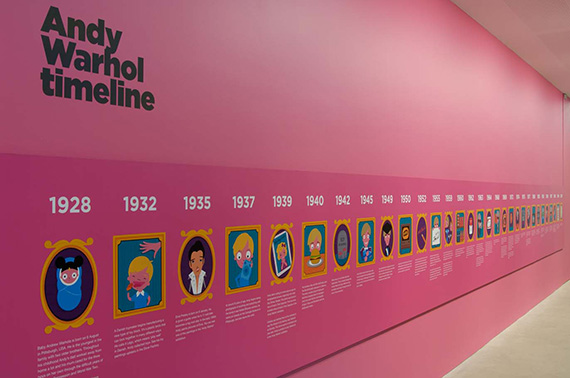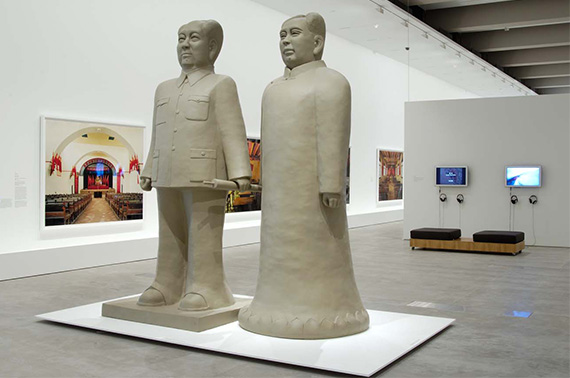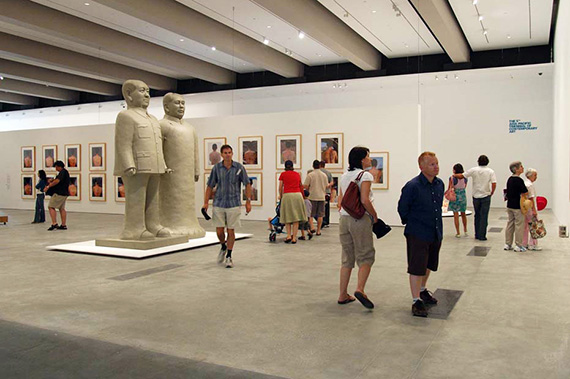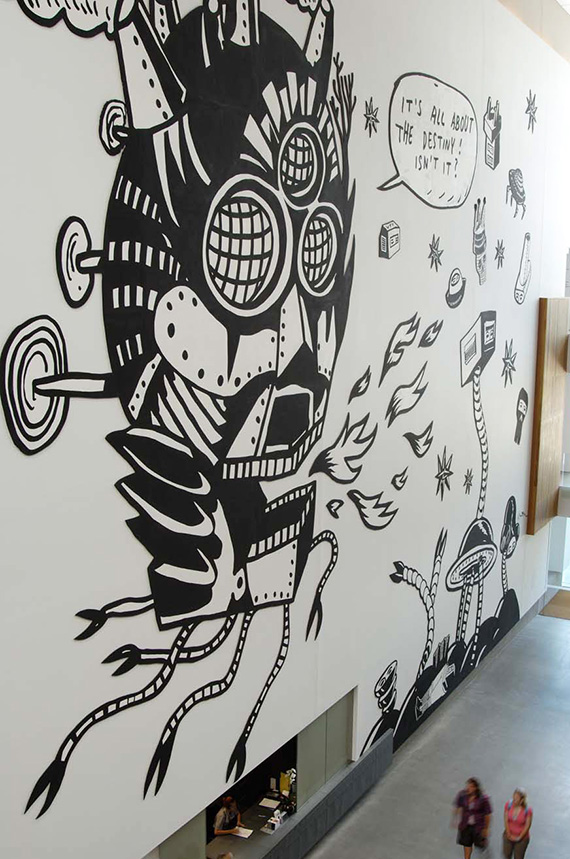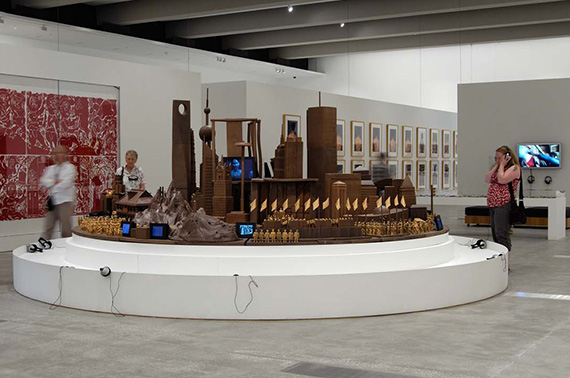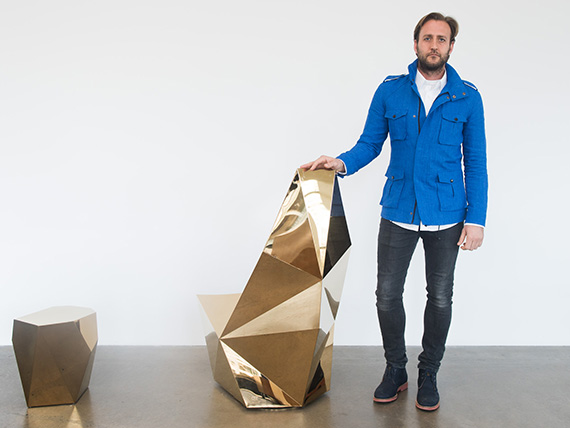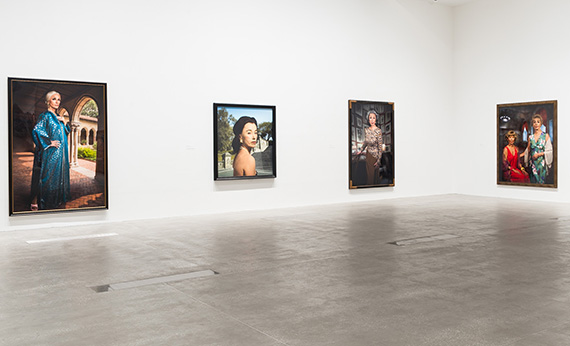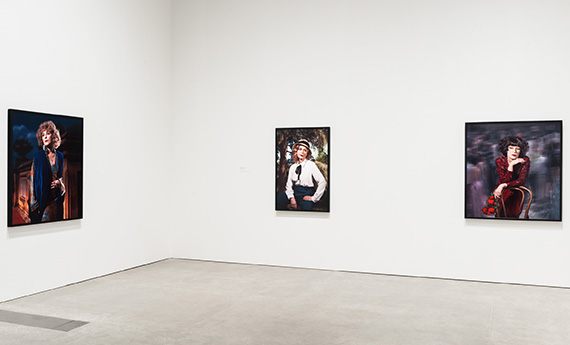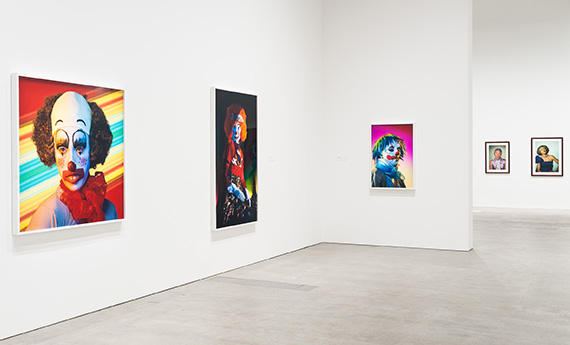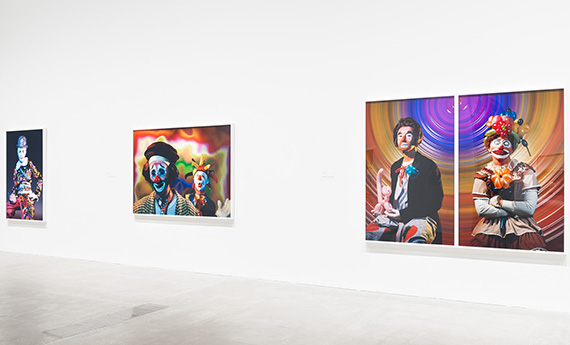This, our fourth blog highlights another major exhibition in our weekly countdown to GOMA’s tenth birthday this December. In 2009 ‘The China Project’ opened at GOMA (28 March – 28 June 2009), a three-part display of contemporary Chinese art practice that displayed around 150 extraordinary works from the 1980s by 51 contemporary Chinese artists. Paralleling this exhibition was ‘Zhang Xiaogang: Shadows in the Soul’ an exhibition by one of China’s most eminent painters, as well as a commissioned project ‘William Yang: Life Lines’ highlighting Australia’s long and complex migrant history with its northern neighbour China.
The exhibition featured some of the Gallery’s major installation pieces, including Xu Bing’s spectacular A book from the sky 1987–91, Cai Guo Qiang’s Dragon or Rainbow Serpent: A myth glorified or feared (drawings) Project for extraterrestrials no 26 1996 and Ah Xian’s group of 36 bronze busts.








The exhibition celebrated the significance of contemporary Chinese art and the Gallery’s commitment to developing a unique collection of works from the 1980s onwards, a period of enormous change in China, with the flowering of contemporary art as a response to social, political and cultural transformation.
Since the early 1990s, the Gallery has collected important contemporary Chinese works, with ‘The Asia Pacific Triennial of Contemporary Art’ acting as a major catalyst, alongside key acquisitions and donations. In ‘The China Project’, works ranged from delicate porcelain items to large-scale installations, highlighting the diversity and innovation of contemporary Chinese art across the mediums of painting, photography, video, sculpture, installation and printmaking.
CONNECT WITH US ON FACEBOOK
FOR YOUR CHANCE TO WIN EXHIBITION CATALOGUES
FROM THE PAST 10 YEARS.
Go into the draw to win a 312 page edition of ‘The China project’, packed with over 270 illustrations or a copy of the now out of print publication ‘Easton Pearson’, the 144 page survey of the Brisbane-based, internationally acclaimed fashion house.
Other exhibitions at GOMA in 2009 you may remember include: ‘The 6th Asia Pacific Triennial of Contemporary Art (APT6)’ which occupied the entire Gallery of Modern Art; ‘The view from elsewhere’ featured contemporary video art and cinema practice from across Asia and the Middle East; ‘Easton Pearson’ a survey of the Brisbane-based, internationally acclaimed fashion house; ‘Nurreegoo: The Art and Life of Ron Hurley 1946–2002’ focused on Hurley’s distinguished career as one of the early leaders of the urban political movement in Aboriginal art; ‘Floating Life’ highlighted the importance of fibre within Aboriginal culture and the commitment of the Gallery in developing a unique collection of objects; ‘Tim Johnson: Painting Ideas’ surveyed Johnson’s light performances, films and artist books of the early 1970s to his mature collaborative paintings; ‘Spencer Finch’ explored the peculiarities of human perception, Finch brings a poetic sensibility and a rigorous scientific approach to a wide range of media, including painting, drawing, photography and installation; and Anish Kapoor’s red sculpture Untitled 2006-07 was commissioned and displayed for the first time.
WHAT EXHIBITION AT GOMA HAS BEEN YOUR FAVOURITE?

